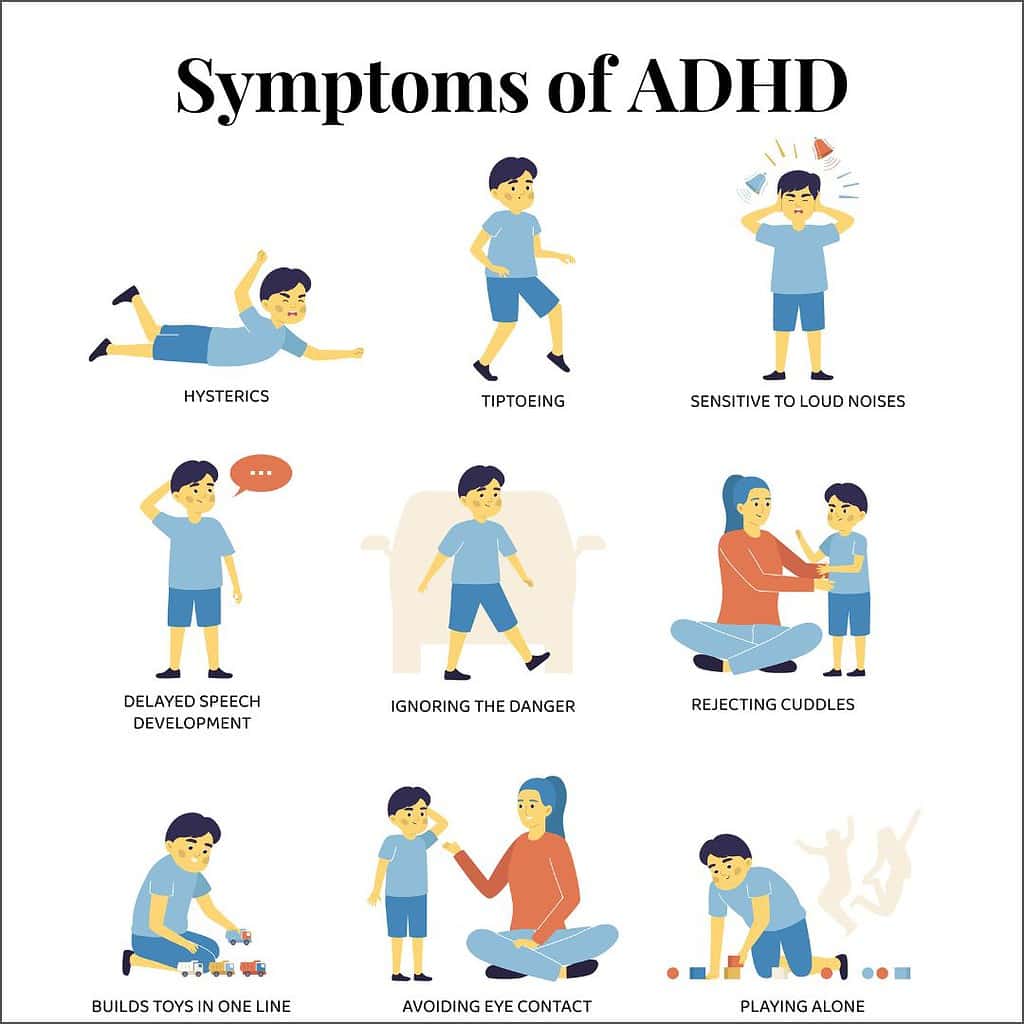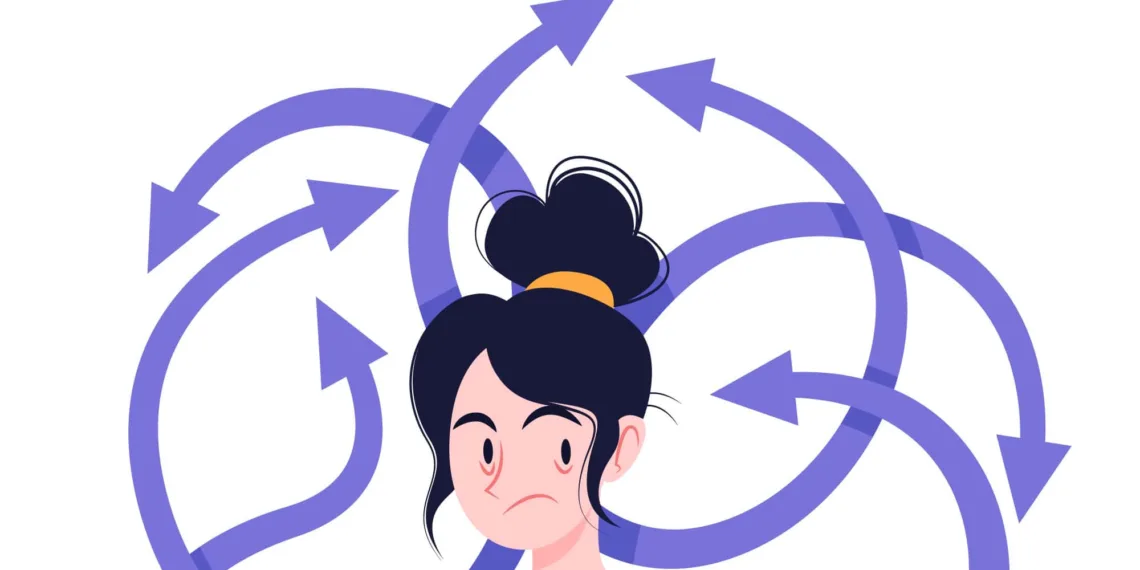ADHD Symptoms: In today’s digital age, where attention spans are often challenged by constant distractions, many people struggle to focus. For some, however, this difficulty is not merely a result of environmental factors but stems from a neurological condition known as Attention Deficit Hyperactivity Disorder (ADHD). This disorder affects millions of individuals worldwide, both children and adults, influencing their ability to maintain attention, organize tasks, and control impulses. Understanding ADHD, its symptoms, and management strategies is crucial for those affected, as well as for their families and communities.
ADHD Definition
ADHD is a neurodevelopmental disorder characterized by persistent patterns of inattention, hyperactivity, and impulsivity. Typically diagnosed in childhood, the symptoms of ADHD can continue into adulthood, impacting daily functioning and quality of life. While the exact cause of ADHD remains unknown, research suggests that genetic factors, differences in brain structure, and certain environmental influences may play a role. Importantly, ADHD is not a result of poor parenting or lack of discipline but is a legitimate medical condition requiring appropriate understanding and management.
ADHD Symptoms
ADHD symptoms are divided into three main categories: inattention, hyperactivity, and impulsivity, with individuals often experiencing a combination of these symptoms.
- Inattention: Individuals with this type of ADHD may find it challenging to focus on tasks that require sustained mental effort. Symptoms include difficulty organizing tasks, frequent loss of personal items like keys or phones, making careless mistakes, being easily distracted, and forgetfulness in daily activities.
- Hyperactivity: This manifests as an inability to stay still, with symptoms such as fidgeting, excessive talking, difficulty staying seated in settings like classrooms or meetings, and a constant sense of restlessness.
- Impulsivity: Impulsive behaviors may include interrupting others, difficulty waiting for turns, and making hasty decisions without considering potential consequences.

ADHD Diagnosis and Management
Diagnosing ADHD involves a comprehensive evaluation by healthcare professionals, which may include input from parents, teachers, or colleagues to understand the individual’s behavior across different settings. There is no single test for ADHD; instead, medical professionals use questionnaires, clinical interviews, and observations to determine if the diagnostic criteria are met.
Management strategies for ADHD vary based on the individual’s needs and the severity of symptoms. Commonly, medications such as stimulants are prescribed to help balance brain chemicals that influence attention and impulse control. Additionally, behavioral therapies can be highly effective, focusing on developing skills in organization, time management, and reducing disruptive behaviors.
Despite the challenges ADHD may present in academic, professional, and social environments, many individuals with ADHD lead successful and fulfilling lives. With the right treatment and support, people with ADHD can leverage their strengths—often characterized by creativity and the ability to think outside the box—to manage their symptoms effectively.
Conclusion
ADHD is a complex disorder that goes beyond an inability to sit still or pay attention. By understanding its symptoms and seeking appropriate treatment, individuals with ADHD can navigate life’s challenges more effectively. Whether at school, work, or in social situations, recognizing and addressing ADHD symptoms is key to achieving a healthier, more productive life. With continued support and awareness, those affected by ADHD can thrive and make significant contributions to their communities.
Read more: Covid XEC Variant: Key Symptoms of the New Covid Variant and How to take Precautions
FAQ
What are the common ADHD symptoms?
Symptoms of ADHD are categorized into inattention, hyperactivity, and impulsivity. Inattentive symptoms include difficulty focusing, forgetfulness, and disorganization. Hyperactive symptoms involve excessive movement and talking, while impulsivity is marked by hasty actions and interruptions.








